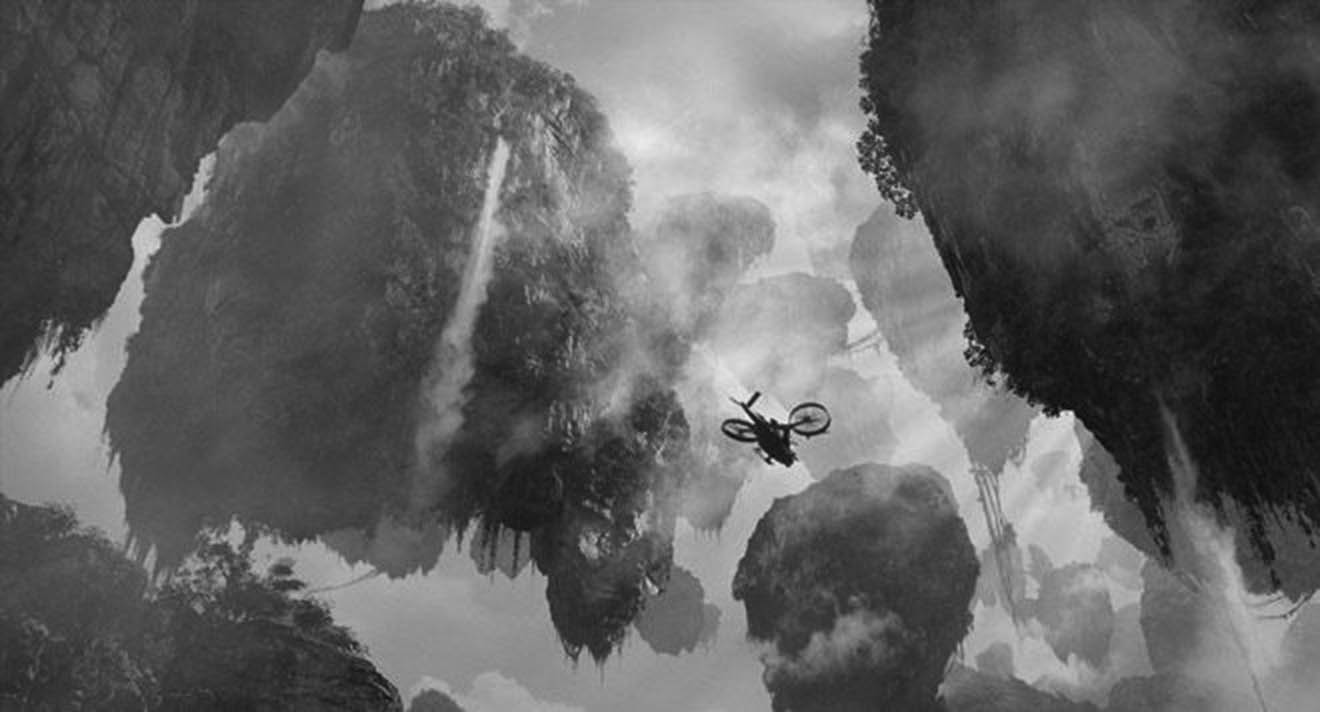[Weekend] Watch or Watch Not
[Weekend] Watch or Watch Not
There is no try. Entertaining our summers, science fiction movies have become a fundamental part of our hottest season. This summer was no expectation. The KAIST Herald invites reader to sci-fi movies.
As science fiction film and cinema blossomed during the 1990s, the 2000s was expected to be nothing less. The first Star Wars prequel, the Phantom Menace, despite heavy criticism, was a blockbuster commercial success, and Star Trek, among other franchises, were heavily investing in a variety of spin-offs. However, in recent years, the science fiction genre in general has stagnated, in both film and television, due to not only our newly landscaped societal, cultural, and economic terrain, but also a shift in filmmaking trends towards heavily emphasis on cutting edge computer generated imagery (CGI). With numerous blockbuster titles due to be released within the next few years, the fate of science fiction is at a crossroads: will it manage to redefine itself over the next few years, or will these blockbuster titles continue to expedite the decline of this once-venerable genre of film and television?

During the turn of the 21st century, the world had witnessed a terrible tragedy that incurred pervasive consequences on society, culture, and economics: the 9/11 Attacks. Soon after this tragedy, science fiction of the new century immediately introduced a niche set of dystopian post-9/11 themes, including terrorism, environmental disaster, post-apocalyptic fallout, and asymmetrical warfare. This new breed of science fiction was landmarked by the popular television series Battlestar Galactica, and also adapted by another venerable franchise, Star Trek: Enterprise.
Battlestar Galactica is a quintessential case of post-9/11 themes making its way to science fiction. It was set in a post-apocalyptic future when a robot race rebelled against their human creators, eventually destroying human civilization. Battlestar Galactica was praised by both critics and fans alike for its complicated story and holistic exploration of religious, societal, and cultural subtexts that were relevant at the time. Star Trek: Enterprise, originating from a franchise that imagined harmonious interstellar civilizations, soon followed this trend during the latter half of its run. Soon followed Jericho, portraying a town that had witnessed World War III, which culminated to last year's Elysium, a modernized take on the dystopian society portrayed in Metropolis. The emerging issue of the genre is that dystopian and post-apocalyptic setting had become the norm of science fiction storytelling.
However, while conveying gritty, politically charged, thought provoking ideas on film, the writers appear to have lost some of the spark that made science fiction so captivating. These science fiction works had intrinsically naturalistic elements to its audio and visual representation. In doing so, the beauty of science fiction, realizing the impossible on screen, had been lost. The typical audience of science fiction is now only exposed to dystopian futures, ravaged by terrorism, income inequality, government corruption, and disease. While it goes without saying that these themes are important aspects of further study, science fiction has changed from an uplifting and inspirational adventure to a sobering case study of future catastrophes.
Excessive reliance on CGI was another emerging element of recent science fiction works that managed to disenfranchise the genre from itself. CGI has become the cornerstone of science fiction cinema since the information age. Science fiction cinema had gone to great lengths to create visually believable worlds through models, matte paintings, and camera trickery. Since the 1980s, CGI started to slowly but steadily supplant these traditional methods of visualizing the world of science fiction. CGI was originally utilized to be a mere tool of conveying a story. However, as the cost and benefit of CGI began to become much more feasible than constructing live sets and models, it began to consume the genre as a whole. The supersaturation of CGI began to take away the human element of science fiction, thereby prohibiting the audience to connect with the characters.
Science fiction needs to revitalize itself to become an inspirational beacon that attracts new a generation of audiences by introducing thematic and technological elements to which the audience can readily connect. Recent science fiction films, while continuing to impeccably address up-to-date societal, political, and technological issues, have instigated major flaws in its execution by conceptualizing uninspiring worlds through sterile, computer-generated audio and visual representations that are completely void of human touch. Science fiction is in dire need of a complete gamechanger, and this can only be done by going back to the basics: by creating a world that the audience can strive to achieve, and populating it with people and technology that future generations can aspire to. Fortunately, many prominent science fiction writers have begun to address the current issues of science fiction, and promising titles have either been recently released or have entered production.

